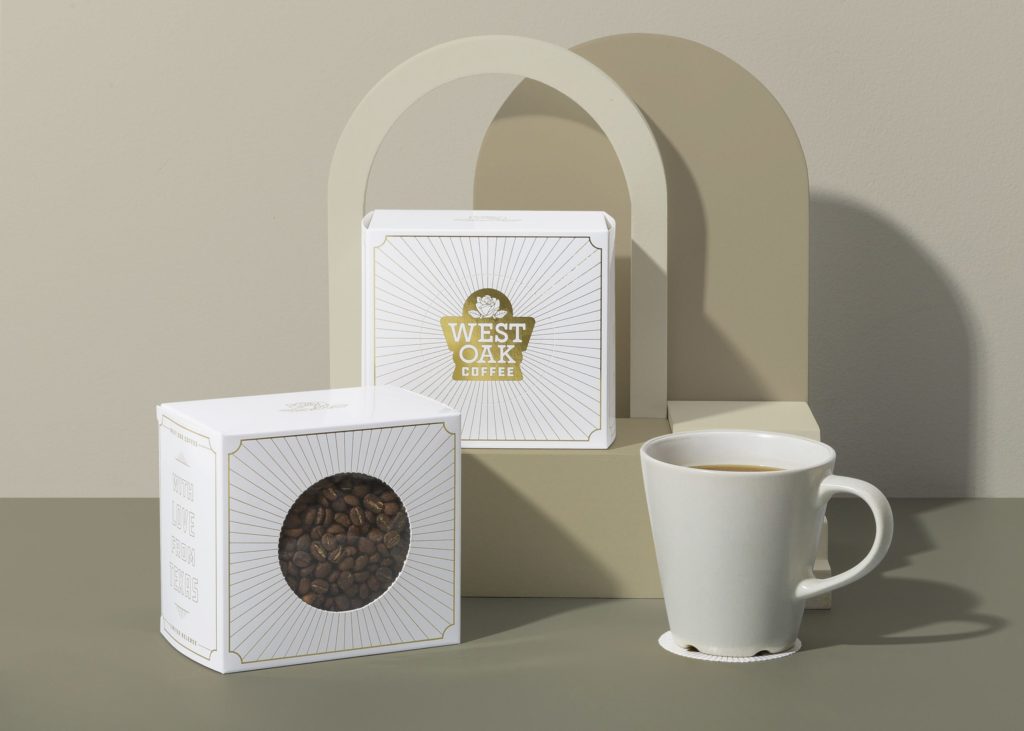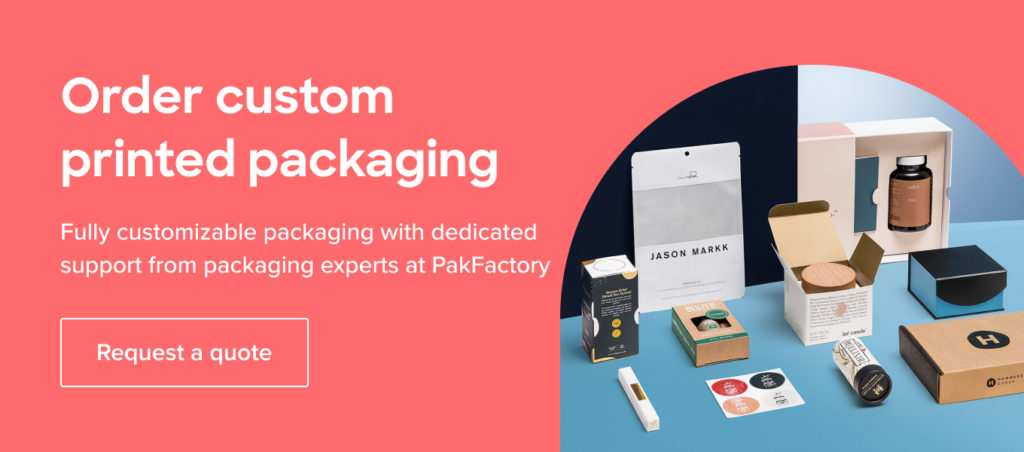Table of Contents
Have you ever walked through a mall or shopping street and noticed displays of products through a store’s window?
Shop owners deliberately place enticing products by the front windows to attract customers into their shops and ultimately make a purchase.
But did you know there is a similar technique employed with packaging?
The term is called window patching.
What is Window Patching?
Window patching is a technique that applies a thin plastic film to a die-cut window on any box or packaging.
This window allows customers to see the product without opening the package and is often used to showcase a high-end product.
Allowing potential customers to see your product creates a sense of confidence in what you offer, which naturally enhances purchasing power.

However, the decision to add a film patch depends on the nature of the product. Window patching best works with products with high visual appeal, like high-end products mentioned earlier.
Window Patching Films
So if you have decided that you’d like window patching in your packaging, it is important to note the different types of film available when deciding what material to use for your product.
Aside from paperboard, plastic is one of the most common materials for packaging, especially polyethylene terephthalate (PET) and polyvinyl chloride (PVC) plastics.
PET film is molded into the required shape, followed by a drying process for enhanced protection.
The strong reinforcement PET provides makes the film tamper-proof, producing excellent resistance to daily wear and tear.
PET plastic is lightweight, making it prone to scratches, but it is still sturdy enough to withstand external pressure and safeguard the contents inside the packaging.
PET film is a safe option for storing foods and is a popular choice for electronics, retail, and other consumer products.
Alternatively, PVC film offers a more durable exterior and superior damage-resistant surface but is less environmentally friendly.
PVC film is incredibly resistant to tampering and natural elements, but exposure to UV rays may result in degradation over time. This degradation causes a smelly odor and water ripples, making it unsuitable for food packaging.
But though PVC and PET film are the most common materials used for window patching, there are still more options available:
- Polypropylene is the most common material to pack candy, snacks, and baked goods.
- Glassine is for high-grease products.
- Polyethylene is for frozen food products.
- Polyolefin is a shrink film for pizza and boxed candies.
- Foil lamination is ideal for light and air-sensitive food products.
The Window Patching Process
Now that you have a better idea of the films available for your package, it is time to look at the window patching process.
At the heart of the process is a window patching machine.
The most common window patching machines are from the leading manufacturer, Heiber + Schröder or a specialist manufacturer, Kohmann.
These machines will apply the windows from a reel using a specific plastic film of your choice (PET, PVC, etc.).
Your package will travel through the reel at approximately 375m/min, and the machine will introduce the film onto the packaging through electromagnetic energy.
Depending on the type of machine used for the window patching, the plastic film will typically stick instantly to the packaging material without any drying time.
This means your package is immediately ready once released from the machine, making for a convenient and quick printing finish.
But for other print finishing options, please check out: Embossing and Debossing, Soft Touch Coating & Lamination, Foil Stamping, and Spot UV.






